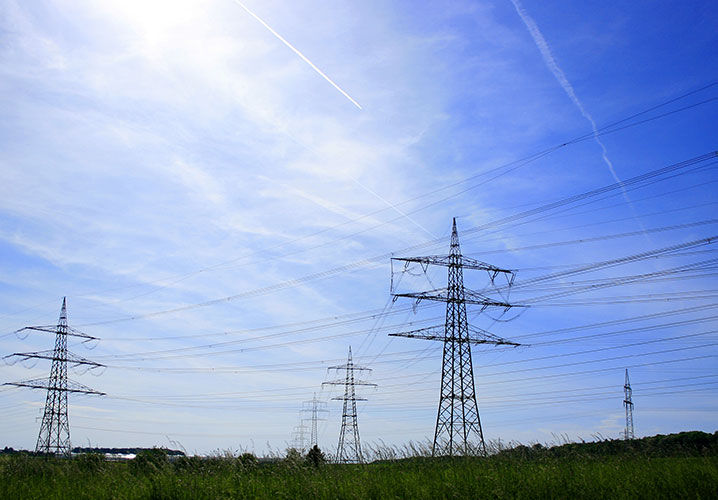
Avoided grid-use payments
Avoided grid-use payments are a major source of income for municipal utilities. Sometimes, however, a malfunctioning turbine is enough to reduce or even wipe out this payment.
This time, the municipal utilities of a city in central Germany were just lucky enough: a steam turbine was down for several weeks in summer 2016. The costs of the material damage were minimal, and due to existing standby capacity it was still possible to produce sufficient electricity as planned. However, if an additional unit had malfunctioned, it would have been necessary to buy in electricity. The loss of the decentralised generation unit would have led to reduced payment for avoided grid-use charges. The background to this is that operators of decentralised generation units receive payment for avoided grid usage on the basis of legal regulations. The size of the payment depends on the level of cost reduction for the grid operator thanks to the unit operator. The payment itself comprises a time-dependent share (work price) and an output share (output price).
‘Due to the special calculation method of grid payments, the output share in particular can be wiped out at very short notice and lead to considerable loss of earnings.’
But according to Frank Lieckenbröcker-Baumbach, a technical insurance expert at Funk, this situation also brings risk that is not to be underestimated: ‘Electricity prices are now so low that the producers barely earn anything from it. Payments for avoided grid usage are therefore an important cornerstone of the balance sheet of energy producers. Due to the special calculation method of grid payments, the output share in particular can be wiped out at very short notice and lead to considerable loss of earnings.’
Prepared for malfunction
Up until a few years ago, electricity producers still had the option of safeguarding against the risk of stopped production with a short-term reserve. Due to recent case law, that is no longer possible – and the risk for electricity producers has increased proportionately. To what extent an operator of decentralised production facilities is affected depends on the specific malfunction rate. Decisive factors include the system capacity, the type of production systems used and the individual method of operation. A complete outage is generally unlikely. However, part of the system malfunctioning and electricity thus needing to be purchased is at the very least a highly realistic possibility that must be considered in calculations.
Damage occurring at the ‘wrong’ time is enough, with a downtime of 15 minutes sufficient. If that particular time period is one of peak grid load due to very high demand and the decentralised electricity producer is unable to assist the grid distributor, the valuable output share can be lost completely. The payment for the work price is reduced proportionally to the duration of the downtime. Hans-Joachim Schug, also a technical insurance expert at Funk, says: ‘An individual risk analysis of the demand and production situation allows us to calculate how the risk should be insured against.’ By way of an example insurance solution, the Funk expert recommends combined machine and machine operation interruption insurance.
19/08/2020
Your point of contact



